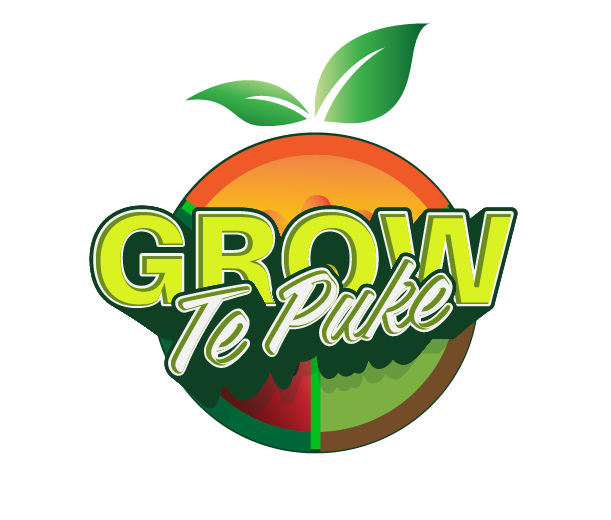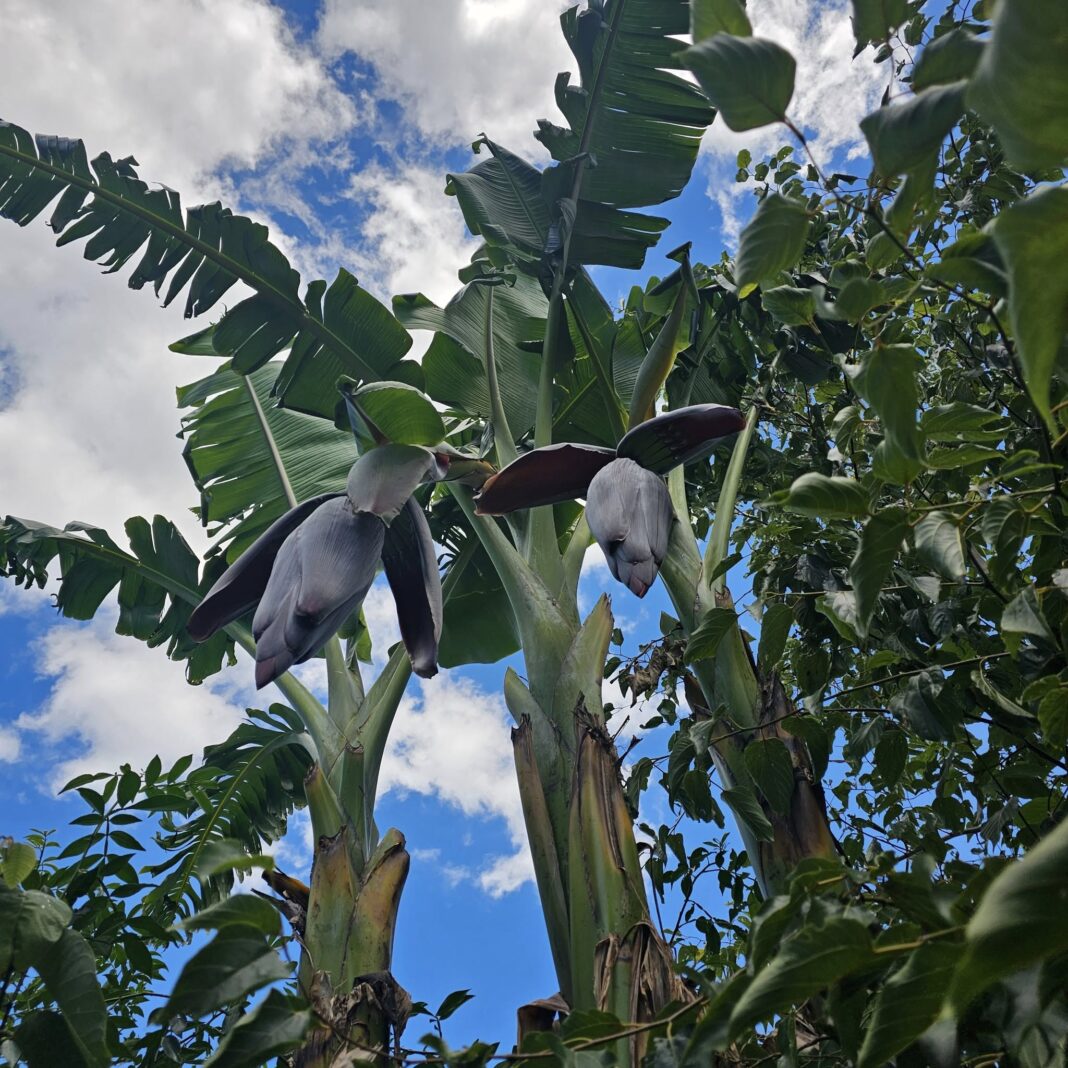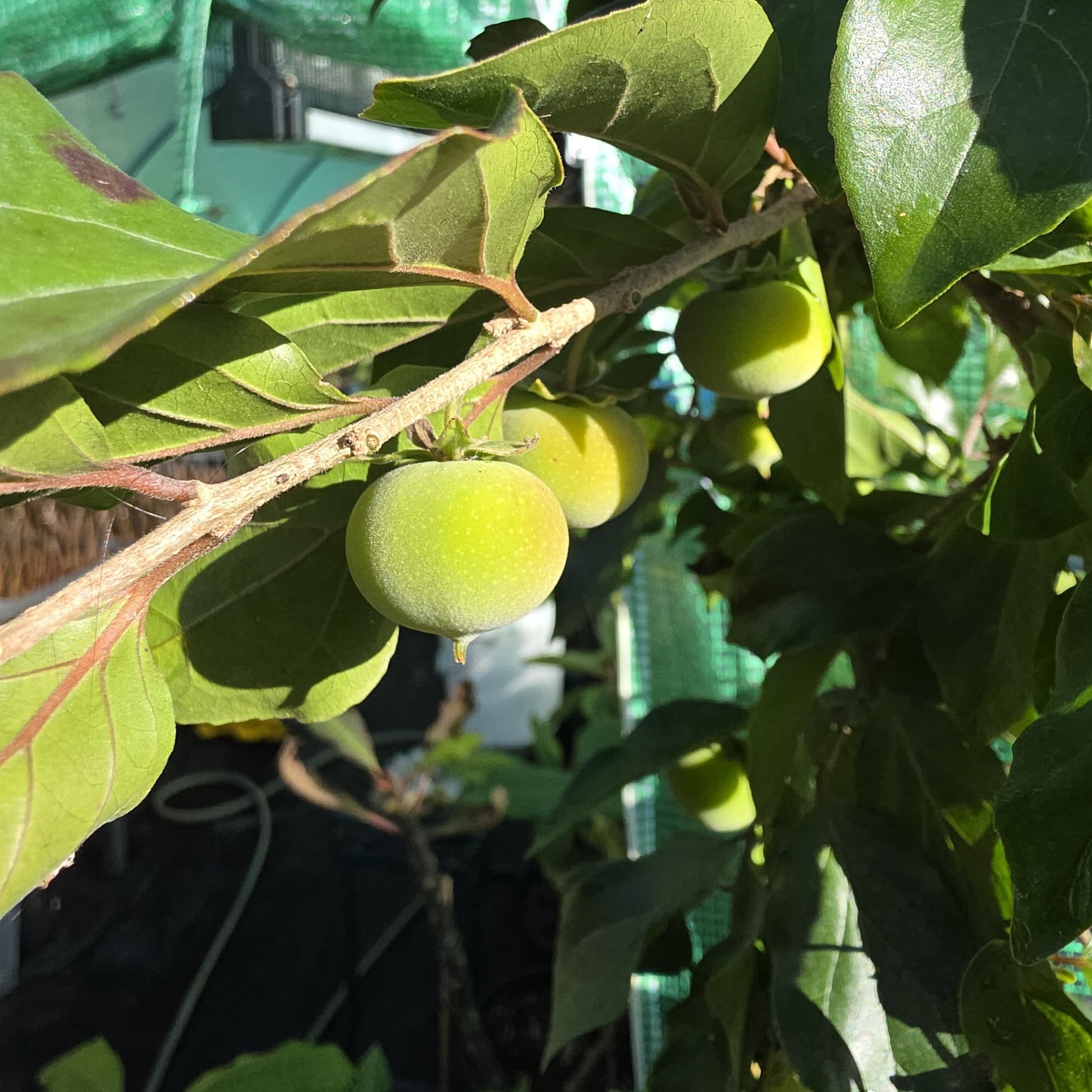There’s nothing quite like the feeling of picking fresh fruit from your own backyard. Whether it’s juicy kiwifruit, tangy feijoas, or sweet citrus, a healthy fruit tree is a real treasure. But what if you want to keep your trees healthy without using harsh chemicals? Going organic is not only good for the environment and the local bee population, but it can also be incredibly satisfying.
Here in Aotearoa, especially in a place like the Bay of Plenty, we have the perfect climate for a backyard orchard. And with late winter/early spring upon us, now is a crucial time to get your trees ready for a bumper harvest!
1. It All Starts with the Soil
Think of the soil as the foundation for your tree’s health. A well-fed tree is a strong tree, and a strong tree is naturally more resistant to pests and diseases.
- Compost is King: Before the new growing season starts, give your trees a treat by spreading a layer of rich, organic compost around the base. This provides a slow-release feed of nutrients and improves the soil’s structure.
- Mulch it Up: After composting, lay down a thick layer of organic mulch (like straw or wood chips) around the tree, but be careful to keep it away from the trunk itself. This helps to lock in moisture, suppress weeds, and keeps the soil healthy.
2. The Art of Pruning (Now is the Perfect Time!)
Winter is the best time for pruning your fruit trees, as they are “dormant” (asleep). Pruning is a bit like giving your tree a haircut—it helps to shape it, encourages new growth, and gets rid of any dead or sick bits.
- Pome Fruits (Apples, Pears, Quince): Now is the ideal time to prune these. Aim to create an “open vase” shape to let light and air into the center of the tree. This helps the fruit ripen and prevents diseases like black spot.
- Stone Fruits (Peaches, Nectarines, Plums): It’s a bit different for these. To avoid a nasty fungal disease called silverleaf, you should actually prune stone fruits in late summer after they’ve finished fruiting. If you do need to do any light pruning now, make sure it’s a dry, sunny day.
- Citrus & Feijoas: These evergreen heroes can be pruned after they’ve finished fruiting to help with shaping and air circulation.
3. Fighting Pests and Diseases Organically
Don’t panic if you see a bug or a spot on a leaf! Organic gardening is all about working with nature, not against it.
- The “Dormant Spray”: This is a key organic tool for winter. Before your trees start to bud, you can apply a spray of horticultural oil (also known as mineral oil) and copper fungicide. The oil suffocates overwintering pests and their eggs, while the copper helps to prevent fungal diseases like peach leaf curl and black spot. This is a preventative measure that gives your tree a great head start.
- Sticky Pests: If you see aphids or scale (small, round pests that can cause a sticky residue called “sooty mould”), you can try hosing them off with a strong jet of water. For larger infestations, an organic-certified spray made from pyrethrum and plant-based oils can be an effective choice.
- Codling Moth: This is a big one for apples and pears. The moth’s larvae burrow into the fruit. To combat this organically, you can use pheromone traps (to attract and catch the male moths) and then apply an organic insecticide if you see a high level of activity.
- Guava Moth: This pest is a major problem for many fruits, including feijoas and citrus. One of the best organic ways to protect your fruit is to cover the tree with an insect mesh or put individual organza bags over the fruit after flowering.
By focusing on soil health, smart pruning, and a few targeted organic treatments, you’ll be on your way to a thriving, chemical-free orchard. Happy growing!



